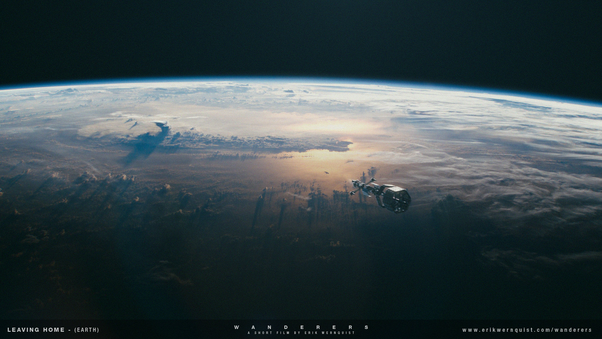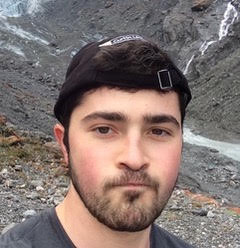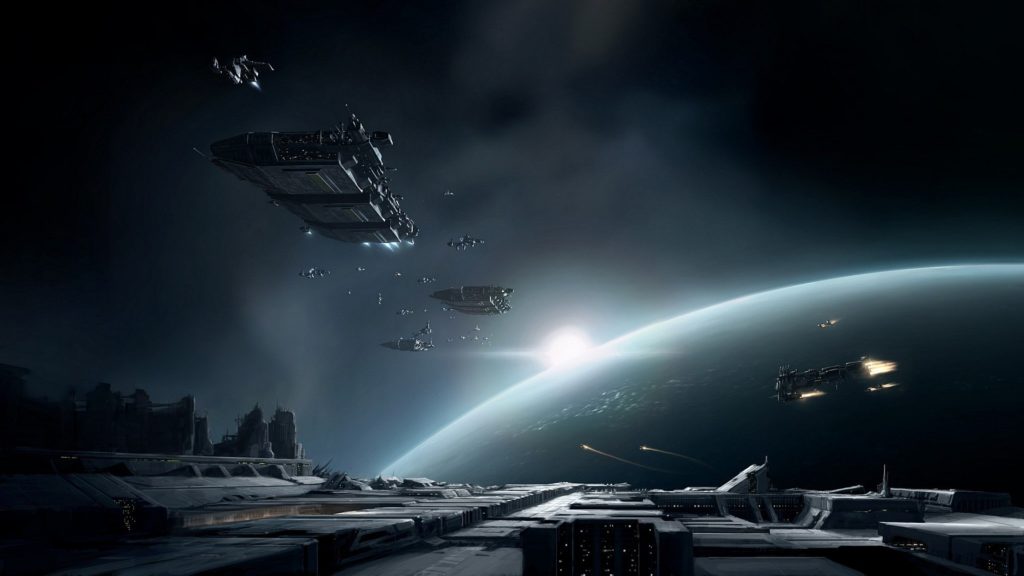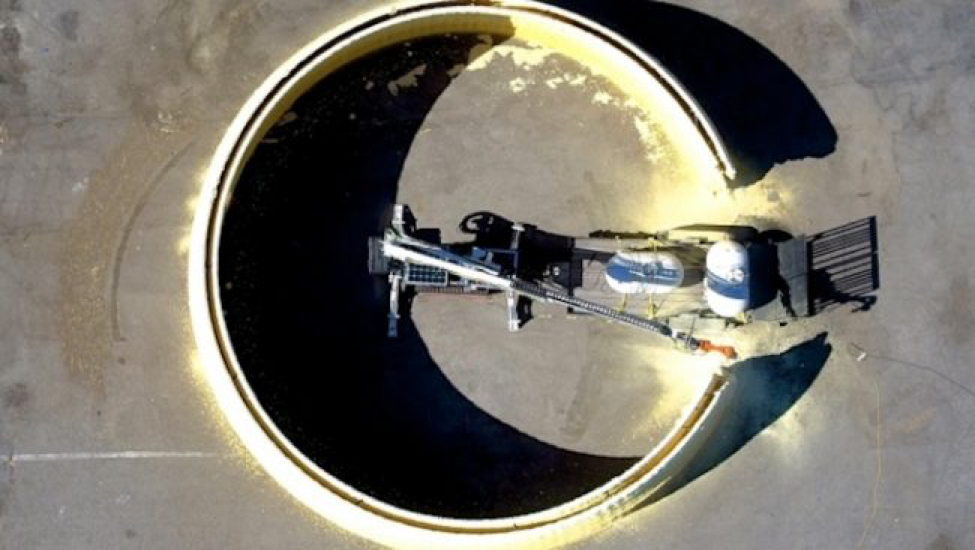When progress is taken from a distance, great leaps are made in moments. Humanity is getting closer to being tourists amongst the stars. Here I explore a few reasons for why it’s inevitable and a timeline for how/when it will happen.
- Tourism is ubiquitous amongst human societies.
Societies that look outward are the ones that have grown through trade and the members of those societies are naturally curious about other cultures and the outside world. As this history of tourism explains in greater detail. - We’re close. If “space” is the only marker, then tourism has already reached space with 7 tourists having been up for a total of 8 flights (Charles Simonyi. founder of Microsoft of ice suite went up twice for US$20–40mm a pop). Even a certain “adult” site is crowdfunding for a video in space seen here with a sufficiently cheesy funding video at the bottom of the link.
- Lots of people are working on it. Blue Origin, Virgin Galactic, Orbital Adventures, even SpaceX has a contract for 2018 to fly two astronauts on a return trip around the moon (info here). Musk compared the cost to Roscosmos sending astronauts to the ISS or about US$70mm a seat.
- Innovation follows money. With so many smart people working on a problem, and so many wealthy individuals willing to pay for the status and adventure of going to space it seems improbable that advances won’t come quickly. It’s just not how things work.
Tourism will reach space
We will reach space in a short timeframe and then, as has always happened, we’ll move past it. We’ll go farther and for longer and keep expanding our capabilities and achievements. I’ve created a rough timeline for events with estimations for when they’ll happen (Note: estimations). This will likely follow the diffusion of innovation curve with the major barrier being cost/accessibility.

Not a long time when we look beyond ourselves
- 5–10 Years: SpaceX and its rivals will begin tapping into the high potential market and some high profile people will begin going up into space. It won’t be accessible to average people due to cost and the training required of people going up. As this article discusses, tourist visits up to the ISS still required substantial training for those going up.
- 10–25 Years: Bigelow Aerospace or some other company will release some sort of hab module which people can stay in. This combined with lowered launch costs from efficiency through reusability and economies of scale will make staying in spacepossible for those same wealthy few.
- 25–50 Years: Here’s where the middle class starts getting a turn. More time and money entering the industry leads to us entering the Early Adopters phase of our timeline. The doctors, lawyers (or programmers and entrepreneurs) begingetting a turn. It’s still a substantial investment like flying before WW2. But for once in a lifetime adventures it’accessible for more people.
- 50–100 Years: This is where being in space becomes normalized. Scientific outposts on other celestial bodies begin to have normal people come to stay. Around this stage every day folk can afford to splurge and head up for a short jaunt in the exosphere. Children can launch satellites as toys and generally space has become a part of middle class humanity can really be thought of as a “multi-body” species.
- 100–250 Years: Now we’re cooking. We’ve all died (probably) but progress hasn’t. Humanity hasn’t. Now we’re making dents all around the solar system. Something people don’t like is that progress takes time. Space will be a part of these future humans lives. They’ll take us NOT having colonies offworld and renewable systems for granted. They won’t know what those of us alive today and in the past/future went through for them.

And so on. Humanity will keep moving forward. It’s just that relative to the timelines of our lives it seems to take so long. The reality is we’re mayflies playing skimming a pond and wondering what the next pond over could be like before we breed and expire. Advances in medicine are changing and we could be the last generation that needs to “die” but we’re not there yet.
This great future is being created today by people like us. Those you don’t hear about on the news, but who are quietly toiling in the background to bring their magnificent, quiet dreams to life. Keep at it, the dividends will be worth it, the future is worth it.
 Written by Andrew Walls
Written by Andrew Walls
Andrew Walls is a university student living in Toronto, Canada. Andrew’s always been fascinated by what’s beyond Earth and loves sharing his wonder with others. For more of Andrew’s writing visit his outer space/entrepreneurship blog Landing Attempts. You can also find him on FB & Twitter.









